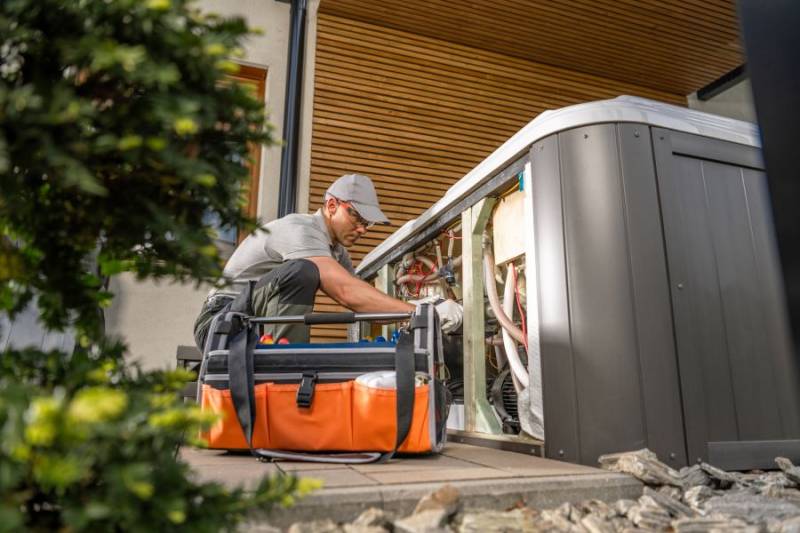- Region
- Águilas
- Alhama de Murcia
- Jumilla
- Lorca
- Los Alcázares
- Mazarrón
- San Javier
-
ALL AREAS & TOWNS
- AREAS
- SOUTH WEST
- MAR MENOR
- MURCIA CITY & CENTRAL
- NORTH & NORTH WEST
- TOWNS
- Abanilla
- Abarán
- Aguilas
- Alamillo
- Alcantarilla
- Aledo
- Alhama de Murcia
- Archena
- Balsicas
- Blanca
- Bolnuevo
- Bullas
- Cañadas del Romero
- Cabo de Palos
- Calasparra
- Camping Bolnuevo
- Campo De Ricote
- Camposol
- Canada De La Lena
- Caravaca de la Cruz
- Cartagena
- Cehegin
- Ceuti
- Cieza
- Condado de Alhama
- Corvera
- Costa Cálida
- Cuevas De Almanzora
- Cuevas de Reyllo
- El Carmoli
- El Mojon
- El Molino (Puerto Lumbreras)
- El Pareton / Cantareros
- El Raso
- El Valle Golf Resort
- Fortuna
- Fuente Alamo
- Hacienda del Alamo Golf Resort
- Hacienda Riquelme Golf Resort
- Isla Plana
- Islas Menores & Mar de Cristal
- Jumilla
- La Azohia
- La Charca
- La Manga Club
- La Manga del Mar Menor
- La Pinilla
- La Puebla
- La Torre
- La Torre Golf Resort
- La Unión
- Las Palas
- Las Ramblas
- Las Ramblas Golf
- Las Torres de Cotillas
- Leiva
- Librilla
- Lo Pagan
- Lo Santiago
- Lorca
- Lorquí
- Los Alcázares
- Los Balcones
- Los Belones
- Los Canovas
- Los Nietos
- Los Perez (Tallante)
- Los Urrutias
- Los Ventorrillos
- Mar De Cristal
- Mar Menor
- Mar Menor Golf Resort
- Mazarrón
- Mazarrón Country Club
- Molina de Segura
- Moratalla
- Mula
- Murcia City
- Murcia Property
- Pareton
- Peraleja Golf Resort
- Perin
- Pilar de la Horadada
- Pinar de Campoverde
- Pinoso
- Playa Honda
- Playa Honda / Playa Paraíso
- Pliego
- Portmán
- Pozo Estrecho
- Puerto de Mazarrón
- Puerto Lumbreras
- Puntas De Calnegre
- Region of Murcia
- Ricote
- Roda Golf Resort
- Roldan
- Roldan and Lo Ferro
- San Javier
- San Pedro del Pinatar
- Santiago de la Ribera
- Sierra Espuña
- Sucina
- Tallante
- Terrazas de la Torre Golf Resort
- Torre Pacheco
- Totana
- What's On Weekly Bulletin
- Yecla


- EDITIONS:
 Spanish News Today
Spanish News Today
 Alicante Today
Alicante Today
 Andalucia Today
Andalucia Today
Date Published: 18/06/2024
Does a hot tub use a lot of electricity?
Find out what the average energy usage is to help you decide if you want to buy a hot tub or spa product

Owning a hot tub can bring immense relaxation and therapeutic benefits, but many potential buyers often wonder about the electricity usage and associated costs. Understanding how much electricity a hot tub uses can help you make an informed decision about incorporating a hot tub into your home, say experts in hot tubs and spas, Eurospas.
Understanding electricity consumption
The electricity consumption of a hot tub depends on several factors, including the size of the tub, the temperature settings and how often you use it.
Typically, a hot tub uses between 1.5 to 6 kWh (kilowatt-hours) of energy per day. The primary components that consume electricity in a hot tub are the heater, the pump and the control system.
Factors affecting hot tub electricity usage
- Heater usage: The heater is the most significant consumer of electricity in a hot tub. Maintaining a constant water temperature, especially in colder climates, requires the heater to work harder and longer, thus increasing electricity usage.
- Pump operation: The pump circulates water and powers the jets, which also consumes electricity. The more you use the jets, the more power the pump will require.
- Insulation: Well-insulated hot tubs retain heat more efficiently, reducing the frequency and duration the heater needs to operate. Poor insulation, on the other hand, can lead to higher electricity consumption as the heater works harder to maintain the desired temperature.
- Usage patterns: Frequent use of the hot tub and maintaining higher water temperatures can increase electricity usage. Conversely, moderate use and lower temperatures can help reduce energy consumption.
3 energy-saving tips when using a hot tub
- Keep a consistent temperature: Keeping your hot tub at a consistent temperature is more energy-efficient than frequently heating it from a cold state. While it may seem counterintuitive, maintaining the water temperature or only turning it down a little bit rather than letting it cool down completely and then reheating it can save electricity.
- Insulate your hot tub: Investing in a high-quality cover and ensuring your hot tub is well-insulated can significantly reduce heat loss. This means your heater won’t have to work as hard, saving on energy costs.
- Use a timer: Installing a timer can help control the pump and heater operations, ensuring they run only when necessary.
The cost of running a hot tub can vary depending on local electricity rates, the efficiency of the hot tub and usage patterns. On average, the monthly electricity cost for operating a hot tub can range from 10 euros to 30 euros. Investing in an energy-efficient model and following energy-saving practices can help keep these costs manageable.
While a hot tub does use electricity, understanding the factors that influence consumption and implementing energy-saving measures can help manage the costs. With proper usage and maintenance, the therapeutic benefits of a hot tub can be enjoyed without significantly impacting your electricity bill. By keeping your hot tub well-insulated, maintaining a consistent temperature, and using energy-efficient settings, you can enjoy a luxurious soak while being mindful of your energy consumption.
To purchase a spa, hot tub or accessories, contact Eurospas using the contact details below:













